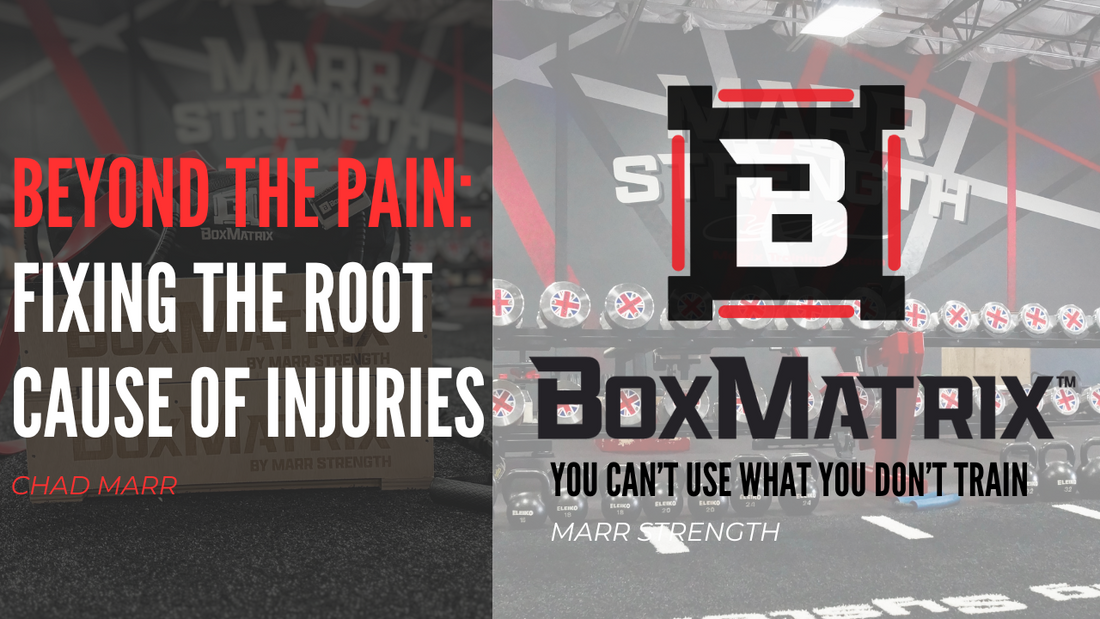
Beyond the Pain: Fixing the Root Cause of Injuries
Share
Why Treating the Symptom Isn’t Enough
One of the most common mistakes in injury recovery is focusing solely on the site of pain. While it may seem logical to address the area where discomfort is felt, this approach often overlooks the underlying causes of the problem. Injuries don’t happen in isolation—they’re the result of poor movement patterns, muscle imbalances, or a lack of coordination between muscle groups.
For example, if an athlete experiences a hamstring strain, the issue might not be with the hamstring alone. The hamstring functions as part of a larger system, including the hips, glutes, and core. If these areas aren’t working together efficiently, the hamstring bears excessive load, leading to strain or injury. Simply treating the hamstring without addressing the entire system often results in recurring problems.
The Holistic Approach to Injury Prevention
Effective injury prevention and recovery require a holistic approach. Instead of isolating the pain point, athletes should focus on restoring balance and improving intermuscular coordination. This involves training the entire kinetic chain—ensuring all the muscles surrounding a joint work in harmony.
For instance, improving the relationship between the glute medius and vastus medialis oblique (VMO) can enhance knee stability and reduce the risk of lower body injuries. By targeting these functional patterns, athletes can resolve the root cause of the problem and prevent future setbacks.
Benefits of Addressing Root Causes
1. Long-Term Injury Resolution
-
- Reduces the likelihood of recurring injuries by fixing the underlying issue.
- Restores proper function and movement patterns.
2. Enhanced Performance
- Improves strength and efficiency across entire muscle groups.
- Promotes smoother, more coordinated movements.
3. Injury Prevention
- Identifies and corrects imbalances before they lead to injuries.
- Ensures all joints and muscles are functioning as a unit.
4. Faster Recovery
- Reduces downtime by addressing systemic dysfunctions.
- Speeds up the healing process by improving circulation and mobility.
Conclusion
To truly recover from an injury and prevent future ones, athletes must look beyond the symptom and address the root cause. A holistic, system-focused approach ensures that the body functions as a cohesive unit, reducing strain on individual muscles and joints. By prioritizing balance, coordination, and proper movement patterns, athletes can stay healthy and perform at their peak.
